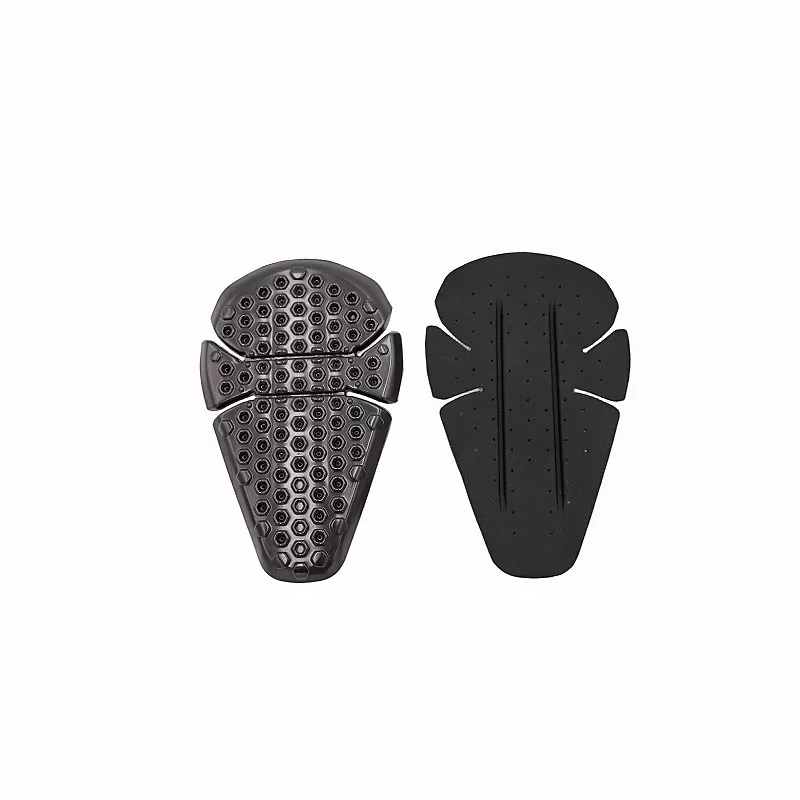Knee Pads: Their Effectiveness & Use
Jul. 09, 2024
Knee pads are essential protective gear designed to prevent or reduce knee injuries during falls or collisions. They are widely used in various sports, such as cycling, roller skating, volleyball, and skiing. The primary function of knee pads is to cushion the knees, reducing the impact and preventing abrasions and bruises.
Knee pads are particularly useful for activities where there is a high likelihood of falling forward. Athletes or individuals who tend to fall forward often land on their knees or palms, making knee pads crucial for protection. Conversely, those who fall backward might benefit more from elbow pads.

In many activities, knee pads should be used in conjunction with other protective gear like elbow pads for comprehensive safety. Together, these items can significantly reduce the risk of injuries, such as turf burns, while enjoying your favorite sports.
Usefulness in Various Situations
Beyond sports, knee pads serve as valuable protective gear in non-sporting scenarios. For instance, soldiers often rely on knee pads during combat situations where they spend prolonged periods on their knees. This helps prevent injuries and provides additional comfort.
Similarly, workers in industries such as construction and painting frequently use knee pads. These professionals often work in constrained spaces and spend extended periods on their knees, making knee pads essential for injury prevention and comfort.
In both military and occupational settings, knee pads can help reduce the risk of bursitis. Without proper protection, supporting body weight on the knees for extended periods can cause inflammation of the bursae, leading to pain and discomfort.
Are Knee Pads Effective?
A study on the effectiveness of knee pads in in-line skating was published in a 1996 article by the New England Journal of Medicine. The research analyzed data from 91 hospital emergency departments, focusing on injuries reported by in-line skaters seeking medical attention between December 1992 and July 1993.
The study concluded that the odds ratio for knee injury was significantly higher for skaters not wearing knee pads compared to those who did. This indicated a strong association between wearing knee pads and a reduced risk of knee injuries. The 95% confidence interval for the odds ratio further supported this conclusion.
The study's odds ratios were adjusted for other potential risk factors, such as:
The number of skating lessons the skater had received
Whether or not they engaged in trick skating
Featured content:
How to choose safety boots for food processing
Who should consider investing in EVA boots?
What Type of Paint Is Used for Pavement Marking?
What is a Lens Index? - Types & Differences - Vision Center
Lens index guide for glasses: What index is best for me?
Glass for buildings
The importance of temperature to the construction of road marking paint
Based on these findings, the study concluded that knee pads are effective in preventing knee injuries among in-line skaters.
Choosing the Correct Knee Pad Size
Selecting the correct size for knee pads typically involves measuring the distance around the knee and the thigh. Sizing charts use these measurements to help you find the appropriate size.
If you find yourself between sizes on the chart, you have two options:
Choose the smaller size if maintaining knee range of motion is more important than protection. This choice provides a snugger fit.
Opt for the larger size if you prioritize more knee protection and coverage over the range of motion.
Neither option is inherently right or wrong; it depends on your priorities in a given situation.
Checking the Fit of Your Knee Pad
After putting on your knee pads, ensure that:
The pads connect flush with any shin guards or other protective gear you may be wearing.
There are no overlaps or significant gaps between adjacent pieces of equipment. Overlapping can restrict knee movement and affect performance, while gaps can increase the risk of injury during falls or collisions.
Conclusion
Knee pads are indispensable for protecting your knees during various activities, whether in sports, military, or occupational settings. Understanding their importance, knowing how to choose the correct size, and ensuring a proper fit can significantly enhance your safety and comfort. By incorporating knee pads into your protective gear, you can enjoy your activities with reduced risk of injury.
Featured content:How to Choose the Best Rubber Sole Safety Shoes?
Hi-Vis Vests vs. Standard Safety Gear: Which Is Safer?
Stay Safe with CE EN20471 High Visibility Vests
How to Build an Electronic Electroscope: A DIY Guide
Essential Guide to Choosing the Right Fall Protection Harness
What is a Telescopic Hot Stick and How Does It Work?
205
0
0
None
None


Comments
All Comments (0)